The scratchy warble of the common whitethroat is one that we may associate, consciously or not, with a walk in open country.
‘Scratchy’ is the word invariably deployed to describe their song, and fits well with the kind of tangled and thorny places where encounter it.
It also has the distinction of being the closest of any British birdsong to the noises made by R2D2 in Star Wars.*
The source of the rapid song may not be immediately clear. Whitethroats are small, and never happier than in the thick of a briar.
However, they are busy, inquisitive birds, often on the move, and usually give themselves away as they flit between patches of cover.
From time to time, whitethroats lift off vertically into the air as they sing. It’s a simple display flight that reportedly gave rise to an old country name: ‘singing skyrocket’.
When they are perched up, or performing those aerial manoeuvres, you may notice the small size, longish tail, rufous-tinged wing feathers and, of course, the pale throat, which contrasts with the grey of the head.
Common whitethroats appear quite suddenly in mid-April, having spent the winter in the Sahel region of Africa, south of the Sahara.
For their summer territories they are drawn to low hedgerows, nettle beds and corners of bramble, all across Britain and Ireland.
They are one of the first species to thrive when areas are allowed to ‘scrub up’, although they tend to move on if the vegetation gets taller (at which point their relative the lesser whitethroat often moves in)
Whitethroats go on making that scratchy song well into the summer months, while raising one or two broods of offspring.
Towards the end of the summer family groups can be noticeable along a path, with the adult birds scolding any passing human with harsh, dirty calls.
By the end of September, almost all our whitethroats have left our shores again.
* although the ultimate prize goes to this budgie.
There are more than a million common whitethroat territories in the UK each summer. They have a breeding range extending from western Europe to central Asia, and spend the winter in sub-Saharan Africa. For more on the whitethroat’s ecology in the UK, visit the British Trust for Ornithology.
Similar, with added rattle: Lesser Whitethroat
This is the 17th instalment in 2025’s cycle of Shriek of the Week. You can catch up with Robin - which includes details of the plan for this year - as well as Wren, Song Thrush, Blackbird, Great Tit, Dunnock, Chaffinch, Goldcrest, Nuthatch, Chiffchaff, Skylark, Great Spotted Woodpecker, Blackcap, Starling, Willow Warbler and Nightingale.
For those who can, subscribing to the paid tier of Shriek of the Week supports me to write more and keep this all going.
It also gets you access to the full A-Z archive of Shriek of the Week AND our livestream-hopping Early Bird Club call - the next is 8am BST (GMT +1) on Saturday 3rd May.
😴 Listen of the Week
Radio Lento - ‘slow radio, on demand’
Wide awake recently at 3am, fidgety and doomscrolling, I happened upon an immersive soundscape from one of my favourite places in all the world, Rye Harbour Nature Reserve.
This happy turn of events was courtesy of Radio Lento.
“Episodes last between 15 and 90 minutes and are all authentic soundscapes recorded on our travels. There’s no music or talking and no loops.”
And reader, I slept.
🐦⬛ Are you a creative or communicator working for climate, nature recovery or community resilience? Find the others. Join 249 of us at Content Rising, a gathering at the Millennium Seed Bank, Kew Wakehurst in Sussex, on 12 June.


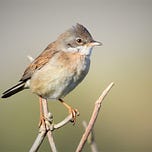


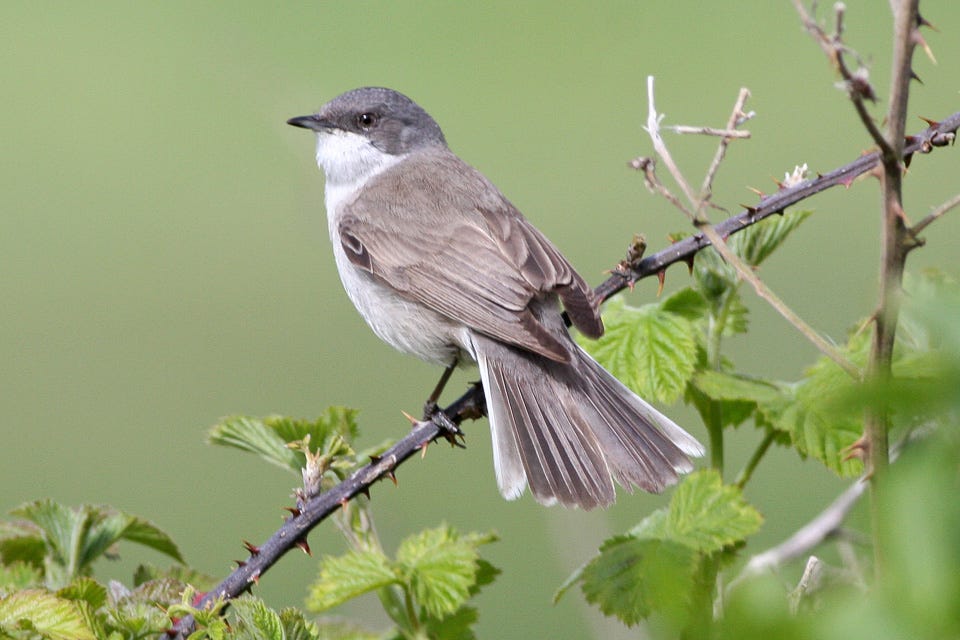

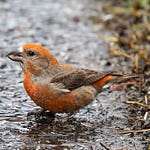

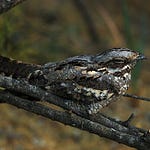
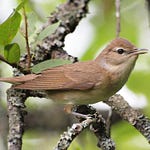

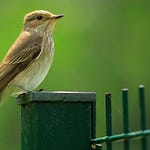


Share this post